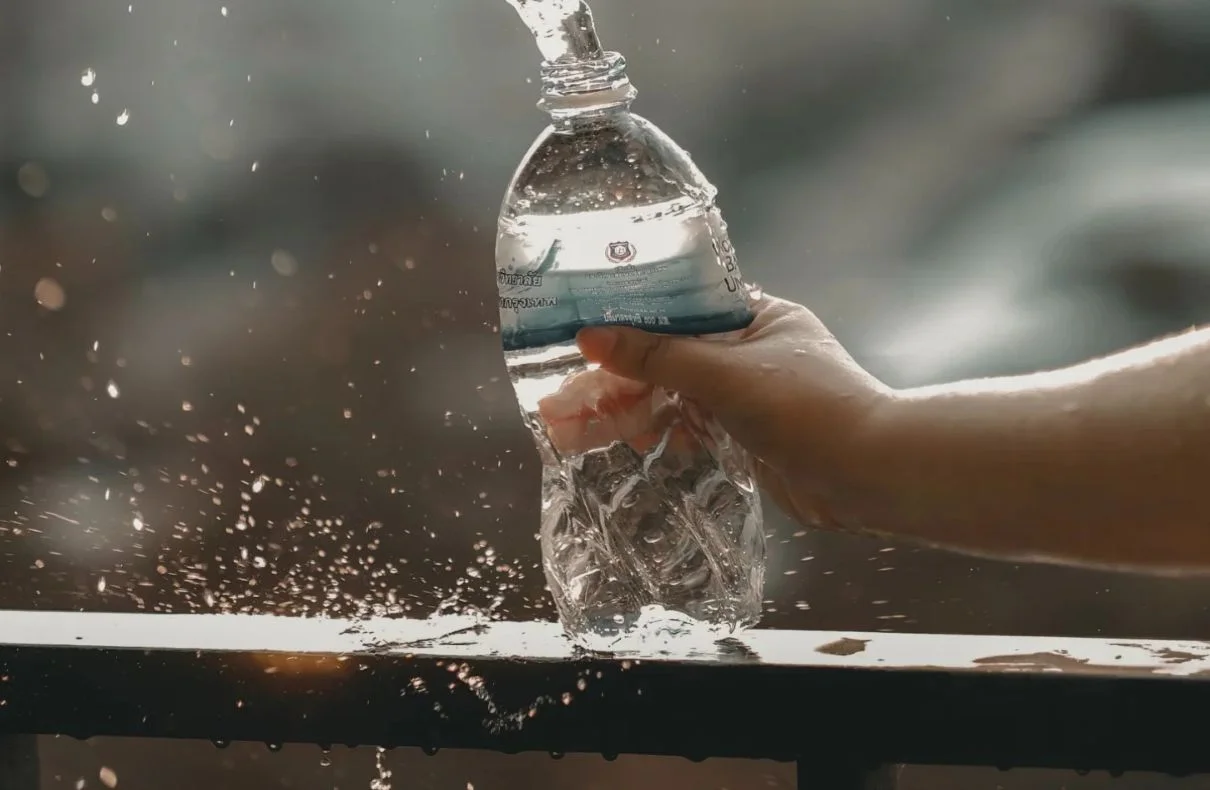
Plastic pollution has become a pressing environmental issue, with devastating consequences for our planet and its inhabitants. While larger plastic debris often captures our attention, the invisible threat of microplastics and nanoplastics is even more sinister. These tiny particles, measuring less than 1/100th the width of a human hair, have the ability to infiltrate our bodies and distribute harmful synthetic chemicals throughout our cells and organs. Recent research has shed light on the alarming presence of these nanoparticles in bottled water, revealing the true extent of the problem.
In a groundbreaking study published in the Proceedings of the National Academy of Sciences, researchers uncovered a startling truth about the bottled water we consume. Previous estimates vastly underestimated the presence of plastic particles in bottled water, as they failed to account for the existence of nanoplastics. These minuscule nanoparticles, which are 1,000 times smaller than the average width of a human hair, can easily traverse the digestive tract, lungs, and even enter the bloodstream. The study found that an average liter of bottled water contains a staggering 240,000 plastic particles, with 90% of them identified as nanoplastics. This discovery highlights the urgent need to address the hidden dangers within our seemingly harmless bottled water.
Weight Loss Drug Reduces Blood Pressure Levels: A Breakthrough Study
The health hazards associated with nanoplastics are still being explored, but early research raises serious concerns. Lab-made nanoplastics have been shown to trigger immune system responses, disrupt the body’s metabolism, and induce cell death. In animal studies, nanoplastics have been linked to an increased risk of Parkinson’s disease, fetal development issues, and adverse effects on the brain. These nanoparticles can carry endocrine-disrupting chemicals used in plastic manufacturing, such as bisphenols, phthalates, flame retardants, PFAS, and heavy metals. When plastic enters our bodies, these chemicals can be released and migrate to various organs, including the liver, kidneys, brain, and even cross the placental barrier in pregnant individuals.
Until recently, the detection of nanoplastics was a significant challenge due to their size. However, a study by Columbia University introduced a groundbreaking technique called stimulated Raman scattering microscopy. By directing two lasers onto a sample of micro- and nanoplastics, researchers were able to identify the types of polymers present and determine the size and shape of the particles. This automated process takes only two hours per sample, making it over ten times faster than existing methods. The researchers applied this technology to analyze bottled water and discovered that each liter contained between 110,000 and 370,000 particles, with 90% of them being nanoplastics.
The study found that the nanoplastics present in bottled water were not limited to a single type. Instead, there was a surprising diversity of nanoplastics, indicating different sources and manufacturing processes. For example, polyethylene terephthalate (PET) plastics, commonly used in bottle production, appeared as larger micrometer-sized shards. On the other hand, smaller nanoplastics likely originated during the initial stages of bottled water production and further disintegrated during processing. The identification of various plastic types, including polyamide and polystyrene, sheds light on the complexity of nanoplastic pollution in bottled water.
The revelation of nanoplastics in bottled water raises questions about the safety of this popular drinking water source. While further research is needed, several studies have indicated that tap water may contain lower levels of microplastics and nanoplastics compared to commercially bottled water. Municipalities and utilities companies follow stringent regulations to ensure tap water safety, although temporary disruptions can occur due to aging infrastructure. Running the tap or using water filters can help minimize exposure to unwanted particles during such instances. However, it is important to store tap water in non-plastic containers to avoid potential contamination from plastic leaching.
Alzheimer’s Blood Test That Can Detect the Disease Before Symptoms
To safeguard our health and mitigate the risks associated with nanoplastics, it is crucial to limit exposure to plastic in our daily lives. Avoiding food and beverages packaged in plastic containers is a proactive step towards reducing plastic consumption. Opting for glass or stainless steel containers for drinking water and other liquids can significantly minimize the intake of microplastics and nanoplastics. Choosing clothing and consumer products made from natural materials instead of synthetic fabrics can further reduce exposure. Taking stock of the plastic in our surroundings and actively seeking alternatives wherever feasible are essential for protecting ourselves and the environment.
While the discovery of nanoplastics in bottled water has raised alarm bells, more research is needed to fully understand their impact on human health. Scientists must investigate the precise mechanisms by which nanoplastics interact with cells and tissues, as well as their potential long-term effects. Additionally, the polymer composition of plastics and their unique impact on human health require further exploration. Standardized methods for measuring and quantifying nanoplastics in the environment should be developed to ensure accurate assessments. Government regulations should also be established to address the growing concern of nanoplastic pollution and protect public health.
